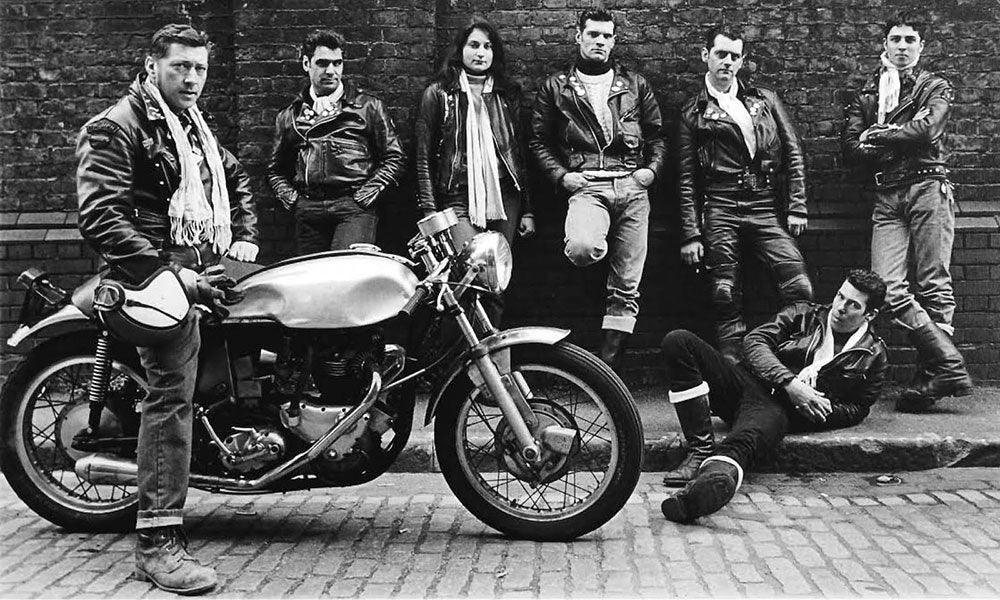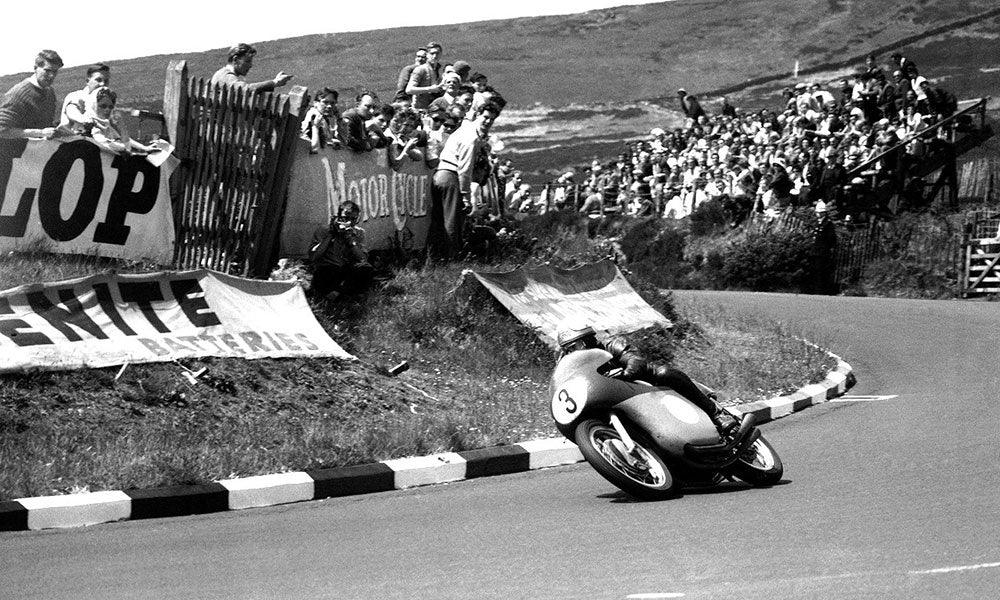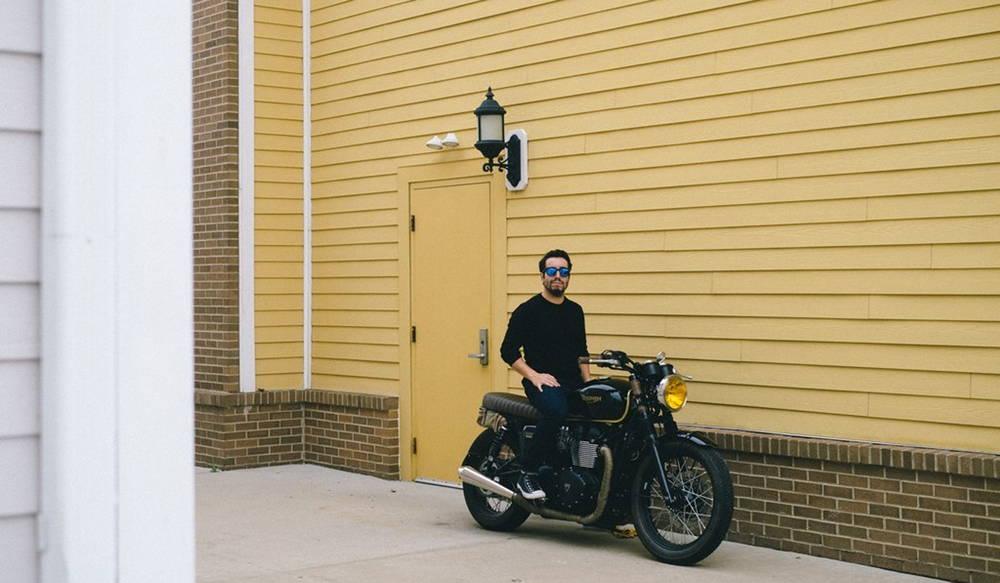

Ton-Up Boys were one of the most influential and widespread subcultures in motorcycle history. If you don’t know them by that name, then you probably know them as the original cafe racers.

 Rockers, leather boys, and Ton-Up Boys — the same subculture known by different names — started appearing on the British motorcycle scene after World War II, when there was a general rise of prosperity in working class youths, the recent availability of credit and financing for young people, the influence of American music and movies, the construction of race track-like arterial highways around British cities, the development of transport cafes along these highways, and the peaking British motorcycle industry and engineering.
Rockers, leather boys, and Ton-Up Boys — the same subculture known by different names — started appearing on the British motorcycle scene after World War II, when there was a general rise of prosperity in working class youths, the recent availability of credit and financing for young people, the influence of American music and movies, the construction of race track-like arterial highways around British cities, the development of transport cafes along these highways, and the peaking British motorcycle industry and engineering.
Ton-Up Boys were named as such because they were driven by the common goal of doing “the ton” — going over 100 miles per hour, which was quite a feat back then. To do so required extensive, methodical modification of one’s motorcycle. To do the ton, motorcycles were modified to maximize speed and handling, not for looks or comfort — although cafe racers ended up being so uniquely stylized that they birthed a whole new and iconic genre of motorcycle that would last for generations to come. Ton-Up Boys would strip their motorcycles down to the absolute bare minimum, removing any and all unnecessary parts that would weigh them down, increase air drag, or detract from the bike’s overall performance. This is how the bikes with a single seat, low bars, no mirrors, underswept pipes, and barely anything else on them were born. They came to be known as “cafe racers” because the transport cafes along the arterial highways were their gathering places.
They would hang out at places like The Ace Cafe, to listen to rock ‘n roll on the jukebox — the only way you could listen to rock ‘n roll because they didn’t play it on the radio back then —, get a cuppa, work on their bikes, and arrange runs with clubs of other riders like the iconic Fifty Nine Club.
While the Ton-Up Boys all had a definitive look, with their motorcycle jackets covered in pins and studs, pompadours, and engineer boots, they prized being individuals, and found being a Ton-Up Boy to be a form of self-expression. They took what was essentially a sport, and turned it into a lifestyle by refusing mainstream society and rebelling against that which they did not believe in.






Leave a comment
All comments are moderated before being published.
This site is protected by hCaptcha and the hCaptcha Privacy Policy and Terms of Service apply.